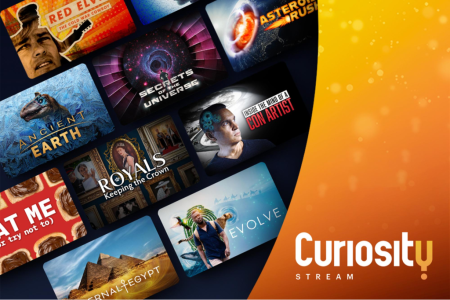Key Takeaways
- Vibe coding means asking AI to code an app or webpage based on simple language prompts.
- The practice helps non-programmers create an app without writing a line of code.
- The four steps to vibe coding an app are: Pick a platform, describe the app you want to build, refine the output and hit publish.
You don’t need a computer science degree to build an app with AI.
Recent advances in AI have transformed app creation into something conversational and accessible to non-programmers, according to a Friday report from the New York Times. The key is an approach called “vibe coding,” which allows users to build apps and websites by giving AI tools natural language prompts rather than writing traditional code.
Users can type queries such as “make a recipe app using my fridge ingredients,” and the AI handles the entire technical implementation, including writing code for the app.
Related: This 28-Year-Old AI Billionaire Says Teens Should Spend ‘All’ of Their Time Learning One Skill
OpenAI co-founder Andrej Karpathy coined the term “vibe coding” earlier this year. In a post on X in February, Karpathy described how AI tools are getting good enough that software developers can “forget that the code even exists.” Instead, they can ask AI to code on their behalf and create an app without writing a line of code themselves.
There’s a new kind of coding I call “vibe coding”, where you fully give in to the vibes, embrace exponentials, and forget that the code even exists. It’s possible because the LLMs (e.g. Cursor Composer w Sonnet) are getting too good. Also I just talk to Composer with SuperWhisper…
— Andrej Karpathy (@karpathy) February 2, 2025
AI coding assistants can help users get started with vibe coding. One tool, Cursor, became the fastest-growing software app to reach $100 million in annual revenue in January. Another coding tool, Replit, says it has enabled users to make more than two million apps in six months. The company has 34 million global users as of November. Both Replit and Cursor have free tiers for users to experiment with vibe coding before upgrading to a $20 per month pro-level subscription.
Even tech CEOs are vibe coding. Google CEO Sundar Pichai said in June that he used Cursor and Replit to “build a custom webpage” containing all the sources of information he wanted in one place.
Despite his experience vibe coding, Pichai says Google will keep hiring human engineers and growing its engineering workforce.
“I just view this [AI] as making engineers dramatically more productive,” Pichai said at Bloomberg Tech in June.
Related: Nvidia’s CEO Says It No Longer Matters If You Never Learned to Code: ‘There’s a New Programming Language’
Vibe coding does have its downsides. AI tools can make mistakes, pose security threats and present results that look generic or similar to those found in other public projects.
Still, the U.S. market for AI code assistants is expected to grow from $1.8 billion in 2024 to $12.4 billion by 2034, indicating surging demand for vibe coding tools.
How can you vibe code an app? Here are four simple steps to help you get started.
1. Choose a vibe coding platform
Start by selecting a user-friendly AI platform that can generate code. Here are a few options:
- Lovable is ideal for absolute beginners with zero coding experience. It generates instant results.
- Replit requires understanding file structure and minor debugging. It’s ideal for users who want to learn foundational coding concepts or transition from no-code to writing code.
2. Describe the app you want to build in plain language
Draft your first prompt clearly. For example: “Design a landing page for a fictional product, including a hero section, feature list and call to action” or “Create a simple to-do list app with add, delete and mark as complete functionalities.”
The AI will create an app structure, design and logic from this description. Being more specific will improve the results.
3. Improve the app
You can improve the app after generating a first draft of it. For example, you can prompt the AI code assistant to “Add dark mode and a settings page” or “Use teal and orange colors for buttons.”
4. Hit publish
Lovable has a one-click publish feature that instantly generates a shareable link. For Replit, you have to press “Deploy,” and the build goes live on replit.dev.
Related: I Designed My Dream Home For Free With an AI Architect — Here’s How It Works
Key Takeaways
- Vibe coding means asking AI to code an app or webpage based on simple language prompts.
- The practice helps non-programmers create an app without writing a line of code.
- The four steps to vibe coding an app are: Pick a platform, describe the app you want to build, refine the output and hit publish.
You don’t need a computer science degree to build an app with AI.
Recent advances in AI have transformed app creation into something conversational and accessible to non-programmers, according to a Friday report from the New York Times. The key is an approach called “vibe coding,” which allows users to build apps and websites by giving AI tools natural language prompts rather than writing traditional code.
The rest of this article is locked.
Join Entrepreneur+ today for access.
Read the full article here









